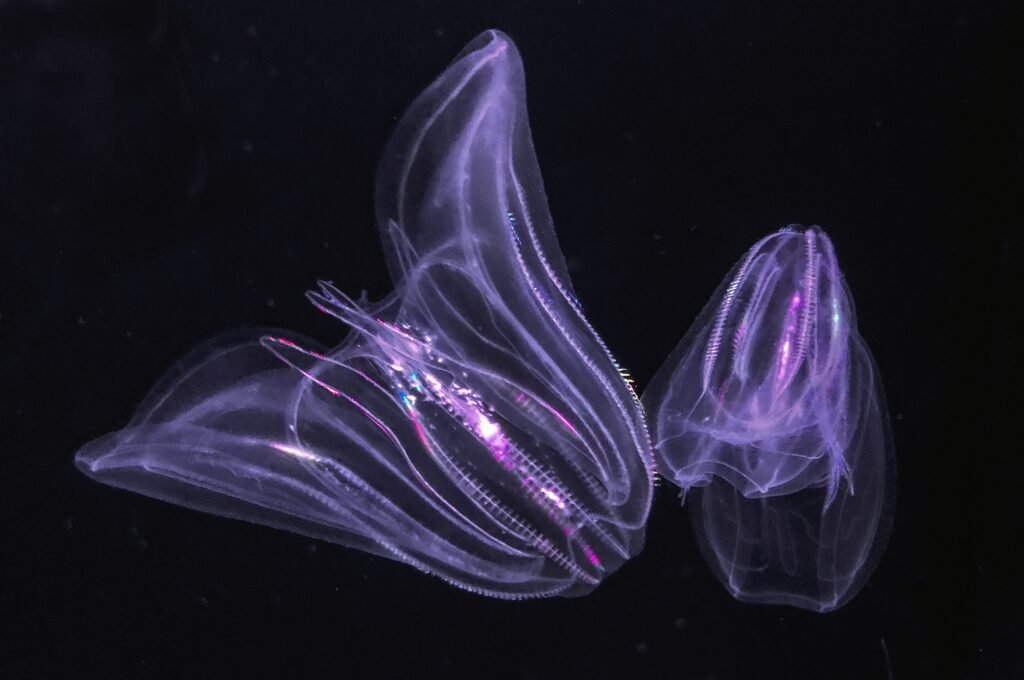A time when it rained for 2 million years & impacted dinosaurs
Explore the fascinating geological mystery of Carnian pluvial time, when it rained for 2 million years & its impact on dinosaur’s evolution. Earth is still a very mysterious place. Earth’s past has some shocking events. One of these is the Carnian pluvial period when there was nonstop rain for millions of years.
Researchers have always been interested in the years of nonstop rain, Scientists now believe they understand why and how life began on the Blue Planet during this time. It rained on Earth for millions of years around 200 to 300 million years ago at the time of Pangea. Earth was a long, thin supercontinent that held all its land mass together.

Our world was very different at that time from it is now. According to scientists, the Carnian pluvial period was a time when it rained for about 1 to 2 million years during that time.
In the 1970s and 1980s, Geologists found different layers of rock than any other layers they had seen before. These layers date back to 23-24 million years ago.
One group of Geologists examined a layer of siliciclastic sedimentation in the eastern Alps. Another group studied a layer of grey rock embedded in Red stone in the United Kingdom. These examinations show Earth had a long period of dry weather and then it started to rain.

Click here to read updates on Magic Mushrooms showing a strange link with a dinosaur-killing meteor
Following the results of these studies, Geologists figured out that there was an unusually wet time at the start of the age of dinosaurs. These times refer to the Carnian pluvial event or Carnian pluvial episode.
But what caused the long time of rain? Scientists believe the rise in humidity is due to a huge volcanic event in Wrangellia Large Igneous Province. It is possible that this event caused global temperatures to rise, which warmed the oceans and added more water to the air.
A study in the Journal of the Geological Society suggested the time when it rained was good for dinosaurs. The time of instability with regular volcanic eruptions followed by more water allowed dinosaurs to become more diverse.
Read More:
- Sea creature turns into a baby when it is stressed out showing time travel
- Realme Narzo 70 Turbo 5G launch date, features, specifications & price
- European Space Agency printed 3D metal part in space for first time
- Earth’s mysterious Alaska triangle where over 20,000 people disappeared
- Philips Hue launched a new smart lighting solution for kitchen
- NASA to launch life-searching spacecraft to Jupiter’s moon Europa
Share this content:










Post Comment